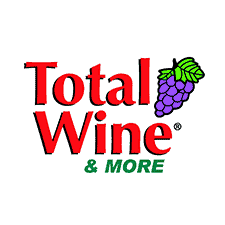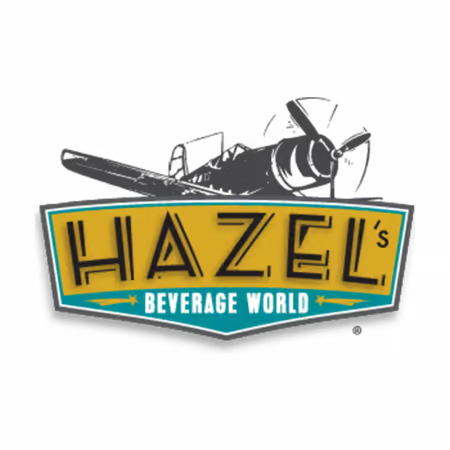
Whiskey Chocolate Cream

Neat or over ice but always chilled
Our favourite way to drink Coole Swan is just as it is.
We call it our perfect pour – just remember to chill it first.
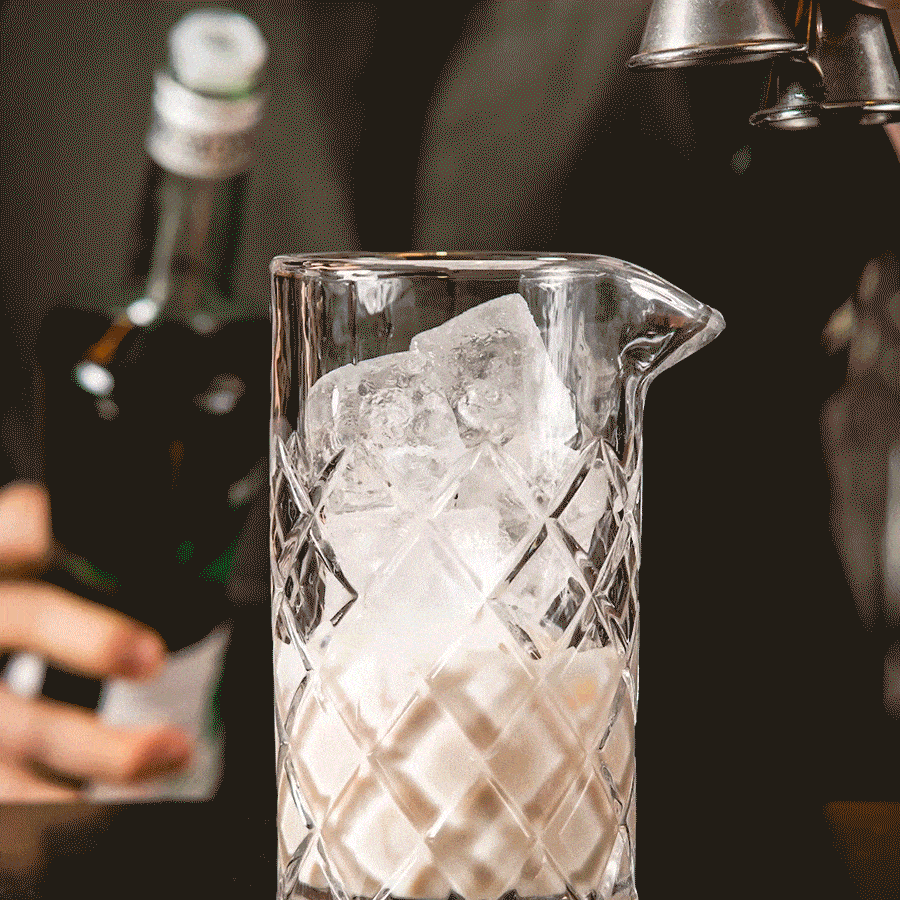
Our Favourite Winter Cocktails
Coole Swan is the perfect cocktail ingredient. And we’ve got some of our favourite cocktails to share: The Coole Swan Grasshopper, a refreshing cocktail with a minty punch and the Popcorn Alexander, an after-dinner drink with a twist, the perfect Christmas concoction. Plus, Santa’s Little Helper, a Coole Swan classic from our great friend Neven Maguire at MacNean House.
View our cocktails
A modern craft brand
It took 231 attempts to find the perfect balance of whiskey, chocolate, cream that is Coole Swan.

What we are up to
Follow us on Instagram




